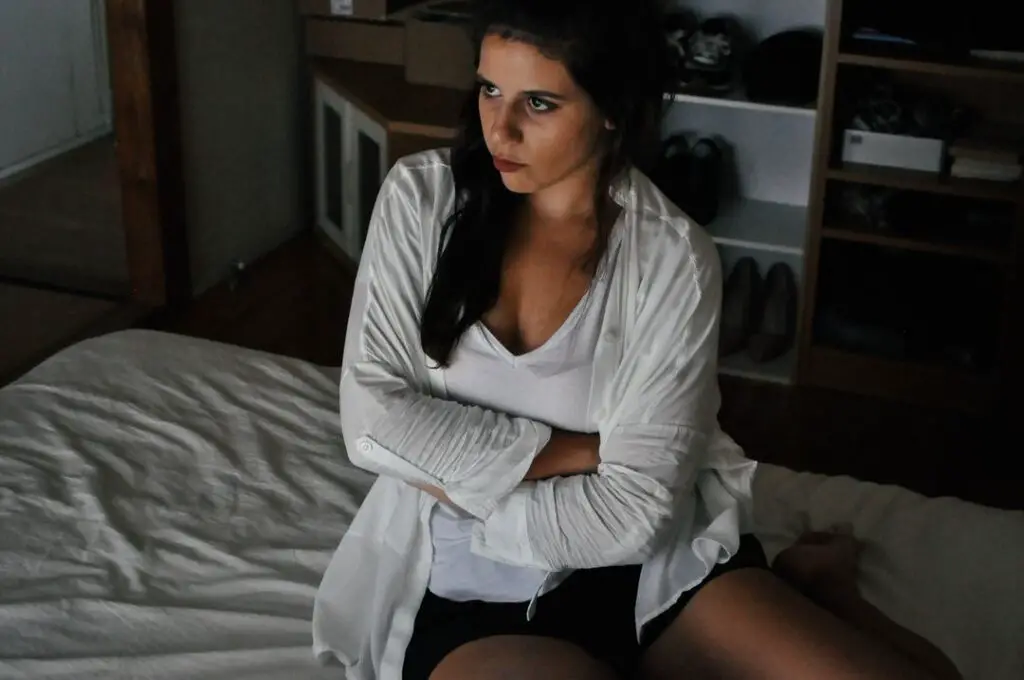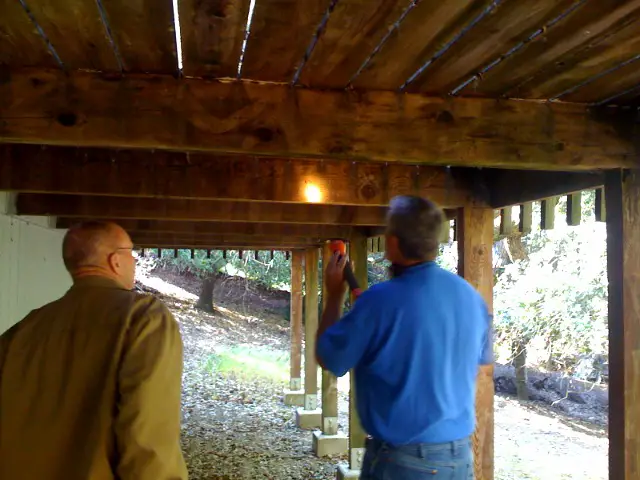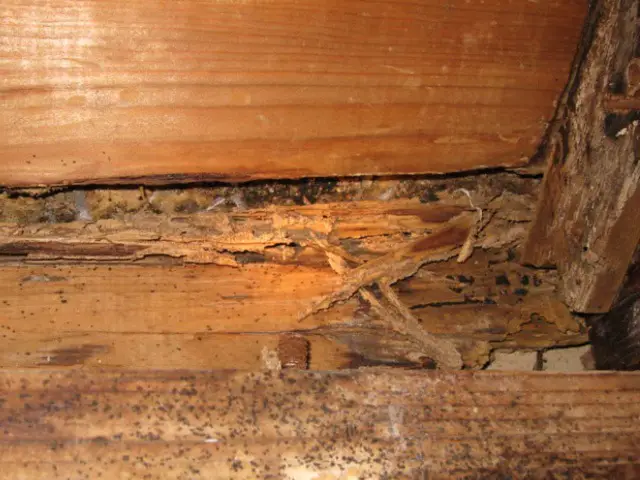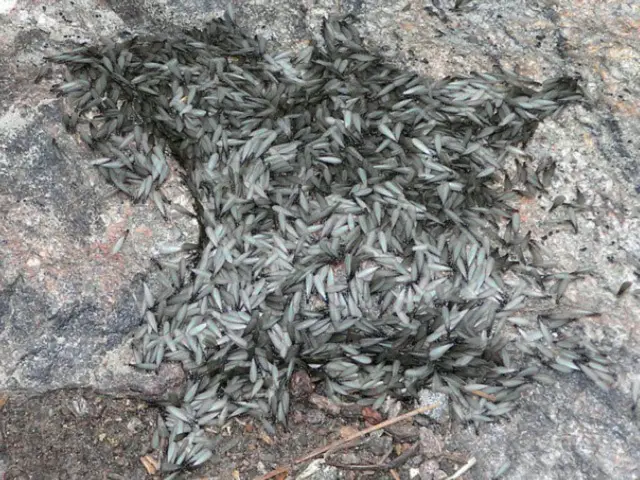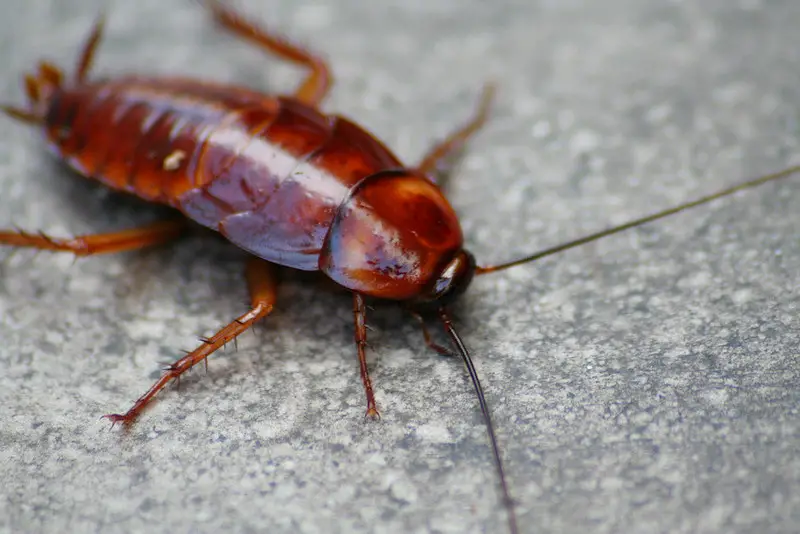Getting rid of bed bugs can be extremely difficult. These pests often stay inside bedding during the day, which makes them difficult to locate. They can also live for up to 18 months without eating.
You cannot simply abandon an infested home or room for a few days to solve the problem. Even if you are able to leave an infested property for this period of time, it is likely that the bed bugs would begin to draw blood from mice and other animals that would take occupancy in the shelter.
Tips to get rid of bed bugs
We used to think of bed bugs as a thing of the past or something we encountered in unsavory areas. However, bed bugs are becoming more and more common in the homes of people who live in the city, suburbs, and the country. It is not pleasant for parents or children. Waking up in the morning with bug bites and enduring the itch all day is so much of a hassle and hard to explain to children. This is why getting rid of bed bugs is essential.
But where do these bugs come from? Being the minute insects, bedbugs travel from one area to another, notoriously sticking themselves from one bag or shoe to another. And being so small, one will not, at first glance, notice their presence until they make that bite on your skin.
Related posts:
- How To Get Rid Of Bed Bugs in California?
- Can bed bugs bite thru clothing?
- Do Spiders Eat Bed Bugs?
- How To Keep Bugs Away From Your House?
Getting rid of these tiny pests can be hard because of their size. Once they are in your home, it is much more difficult to kill them all. The female bed bug can hatch as much as 300 eggs every ten days, making them an enormous infestation problem in just a month. In addition, they can hide on the most minor cracks or openings, so you have to track them down. More so, they can survive for several days without feeding.
We should not wait till we get bitten before we plan on getting rid of bed bugs. Rusty spots on our mattresses are an indication of a bed bug infestation. These brown spots are caused by bed bug fecal matter. When you find bed bug poop, check the cracks on the bed board and the crevices of the foam or mattress. Bed bugs prefer to stay on fabric or wood, and usually in the area where people mostly stay – like the bedroom—changing the linens and cleaning the mattress is not enough to kill these bed bugs. To most effective way to get rid of bed bugs is to call professional pest control.
There are bed bug control companies that you can hire to exterminate them professionally. But, if you want to get rid of bed bugs yourself, start by overturning the bed frame and mattress, exposing all bedroom items to direct sunlight, and use pesticides fit for killing them.
It’s important to wash all fabric materials in your bedroom to get rid of bed bugs. Be sure to use powerful laundry soap. Once washed hang all fabrics to dry under the sun, if possible. Get rid of all loose papers. If you have a working fireplace you could also burn the paper. Keep unused linens in airtight packaging to avoid bed bug infestation.
Getting rid of bed bugs takes a lot of patience and hard work. There undoubtedly are a lot of extensive processes to take before you get rid of them all. But being able to sleep soundly on the bed without worrying about bites in the morning is enough to drive to make it your daily endeavor to clean your house and make sure it is bed bug-free.
Is it possible to kill bed bugs instantly?
Getting rid of bed bugs often takes a lot of work, but it is not impossible. In fact, the insecticide that pest control companies use to eliminate roaches and other insects also eradicated bed bugs from the state for a very long time. Today, though, they have returned, and getting rid of the bed bugs is even harder because some of them are resistant to the sprays and gels originally used by bed bug exterminator companies.
10 ways to get rid of bed bugs
Killing bed bugs oneself is a challenging task. They’ll hide beneath baseboards, the back of dresser drawers, behind light switches… almost anyplace. The mature bed bug is approximately the size of an apple seed and flat until they feast anyway. Although bed bugs aren’t a health hazard (do not carry or transmit disease), they are more than enough to keep you awake in the evening simply thinking about them. One single bed bug bite can be mistaken for a mosquito bite and written off as such, allowing them time to multiply. Once you discover one, you can rest assured that you have hundreds or even 1000′s more.
In the long run, a full-blown bed bug infestation might require a certified exterminator. After all, how many will be too many? Before you decide to do something, there are actually a few things to bear in mind. Bed bugs can easily survive a year without feasting on a host’s blood (yes, that’s you). A grown-up female can easily lay 200 – 700 eggs throughout her lifetime. It generally takes an egg 60 days to mature. So no matter if you’re a do-it-yourselfer or find a pro, it will need several treatments and continuous observation. Having said that… If the problem has not gotten too much out of control, there are numerous strategies to win the fight against bedbugs. The first three listed here are necessary for getting rid of bed bugs no matter what you choose to do next.
#1 – Clean everything in sight in the hottest water you can find. Bed bugs begin dying off at about 114 degrees F. Then, use a clothes dryer on its hottest setting. Not out on the line to air dry. Temperature is essential. In very hot, dry climates (Phoenix, for example), it is just as efficient to put your bed sheets and clothes inside a black trash bag and place it out under the sun for an afternoon.
#2 – Vacuum each and every nook, crook and cranny. Vacuum the blinds, the box springs, the furnishings, etc. Vacuum like your life depended on it. Bed bugs are not unclean critters. They don’t care about food crumbs or old food like cockroaches. Nonetheless, they need to be vacuumed up, after which take the whole vacuum cleaner outdoors to switch bags… Vacuum again.
#3 – Steam Clean. Now that you have their attention merge #1 and #2. Put very hot, HOT water in the steam cleaner and go over the bedroom just as before.
#4 – Just as effective as the high temperature is, cold works too. The problem is that it has to remain below freezing for two weeks to be effective.
#5 – Biological warfare. Before WWII, bed bugs had been all but eliminated; about that time, the government banned DDTs. Since then, their numbers have been increasing and required tamer chemicals and traps. There are many chemical compounds on the market, but practically all of them are not intended to contact the skin. These are best, although intended for non-traffic areas, box springs, draperies, etc.
#6 – Mattress Bags. Depending on the degree of a bedbug infestation, your best bet may perhaps be to discard the mattress altogether. However, the chemicals from the section above may be sprinkled on and shot into the mattress just before you seal it in a watertight mattress bag for less difficult situations. They start off at around and go up according to the dimensions required.
#7 – Diatomaceous Earth. Here is the alternative to tough chemicals. It is an all-natural dust ground up from small tiny fossils of single-celled algae. They even use it in dog food as a preservative. It has jagged sides that cut and kill the bed bugs on a microscopic level as they crawl across it. Basically, it’s only dirt.
#8 – Tape and Traps. This is more for monitoring, but flypaper, roach traps, and stuff like that allow you to keep an eye on how effective your time and efforts have been so far. And then, from virtually any shipping supply store, you can pick up the double-sided sticky tape to wrap around the edges of the mattress—yet another way to snare and observe bed bug traffic.
#9 – Thyme and tree leaf oil. These are repellent more than anything else. It doesn’t kill them. They get a whiff of it and run in the opposite direction. But remember that bed bugs might survive a year without eating, so they are still reproducing.
#10 – Natures neem. Neem essential oil and neem extract. If you find that bed bugs have bitten you, this will soothe the itching and hydrate the skin. As a matter of fact, it is wonderful for your skin, no matter if you have bed bugs or not. The bonus is that it keeps the bedbugs away from you while sleeping.
There we have ways to kill bed bugs and a few ways to keep tabs on your progress in managing bed bugs. The more you blend the above suggestions, the better luck you will have before the need for a pest control company. Just a word of warning, though… if you break down and have to use an exterminator, they’re going to request you to clean up anyhow before they even show up. Do away with the mess. ‘ziplock ‘bag all clothes, bed linens, sheets, and so on. Vacuum and basically do everything already stated in 1 through 3.
Realize that before starting, it will require weeks and months of constant cleaning, washing, monitoring, vacuuming, again and again, to properly kill the bed bugs throughout their whole life cycle. And hopefully, you can catch it before it spreads throughout the home. All it takes is a few stowaways in the laundry, washing, suitcase, sleeping bags or any clothes that you tote around.
Oh yes, you realize that bed bugs are real, and they’re out there. At this point, your next best step would be to arm yourself with knowledge.
What are the first signs of bed bugs?
One way to identify a possible bed bug infestation is to look for physical signs of these pests. The best time to check is when changing or cleaning bedding.
Look for reddish or rusty-looking bed bug stains on mattresses and bedsheets. This is because when bed bugs are crushed, they will leave such a residue. Another telltale sign of bed bugs is small dark spots. The dark spots – I know gross, are bed bug excrement. The bed bug excrement may bleed on fabric as a marker would. Also, look for 1 mm in size pale yellow skins and eggs or eggshells. Again, this is due to growing bed bugs shedding. If you see live bed bugs in your bed or on your mattress, there is no doubt that you are facing an infestation.
How to identify bed bugs?
There are at least two ways that a pest control company might identify a bed bug infestation. First, they can look at the couches, chairs, beds and other furniture in your home to locate any insects living there. Since pest control specialists have lots of experience with bed bugs, they can usually identify them by sight.
The pest control specialist might also want to confirm their findings by inspecting any bites that inhabitants have gotten from the insects. Bed bugs typically bite along veins that are close to the skin. If a pest control company finds bed bugs and identifies this pattern of bites, they can be fairly sure they have identified the problem.
How can a pest control company eliminate bed bugs?
Homeowners are often shocked to learn how difficult getting rid of bed bugs is. When they learn that poison-resistant insects can live in their bedding for over a year without eating, they usually turn to a qualified pest control company to eradicate the pests for good. Professionals might try a few techniques that can eliminate the infestation.
Some bed bugs are immune to insecticides, but some will die quickly when exposed to these poisons. Getting rid of bed bugs in this way is often effective, but it can be problematic for the homeowner since the poisons can linger.
A pest control company might choose to use diatomaceous earth to kill the bed bugs. This is a sedimentary rock with useful insecticide applications. When the bed bugs are exposed to it, they typically die within a few days.
Get a guarantee from a pest control company
One of the advantages of hiring a pest control company is that you can get a guarantee that the pests will not return within a certain period of time. This kind of guarantee is especially useful with bed bugs because they are so difficult to eliminate completely.
